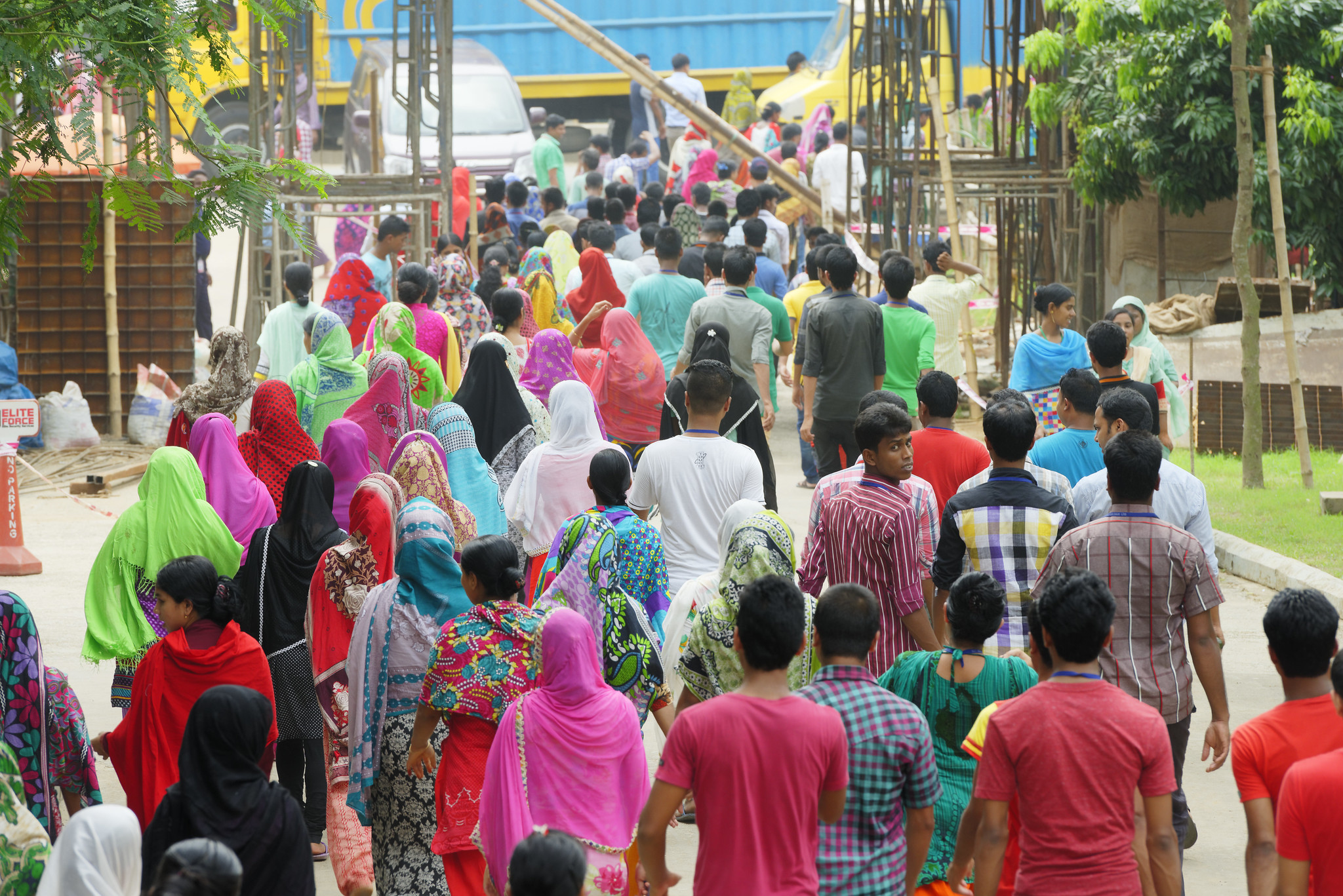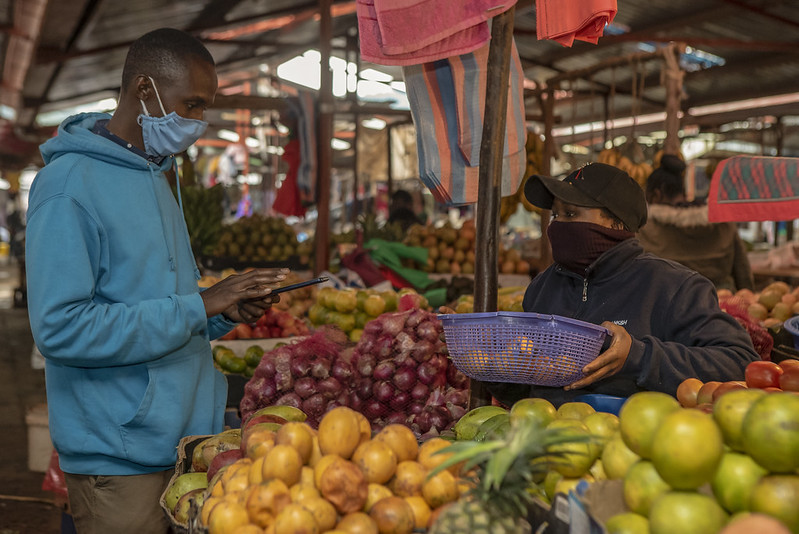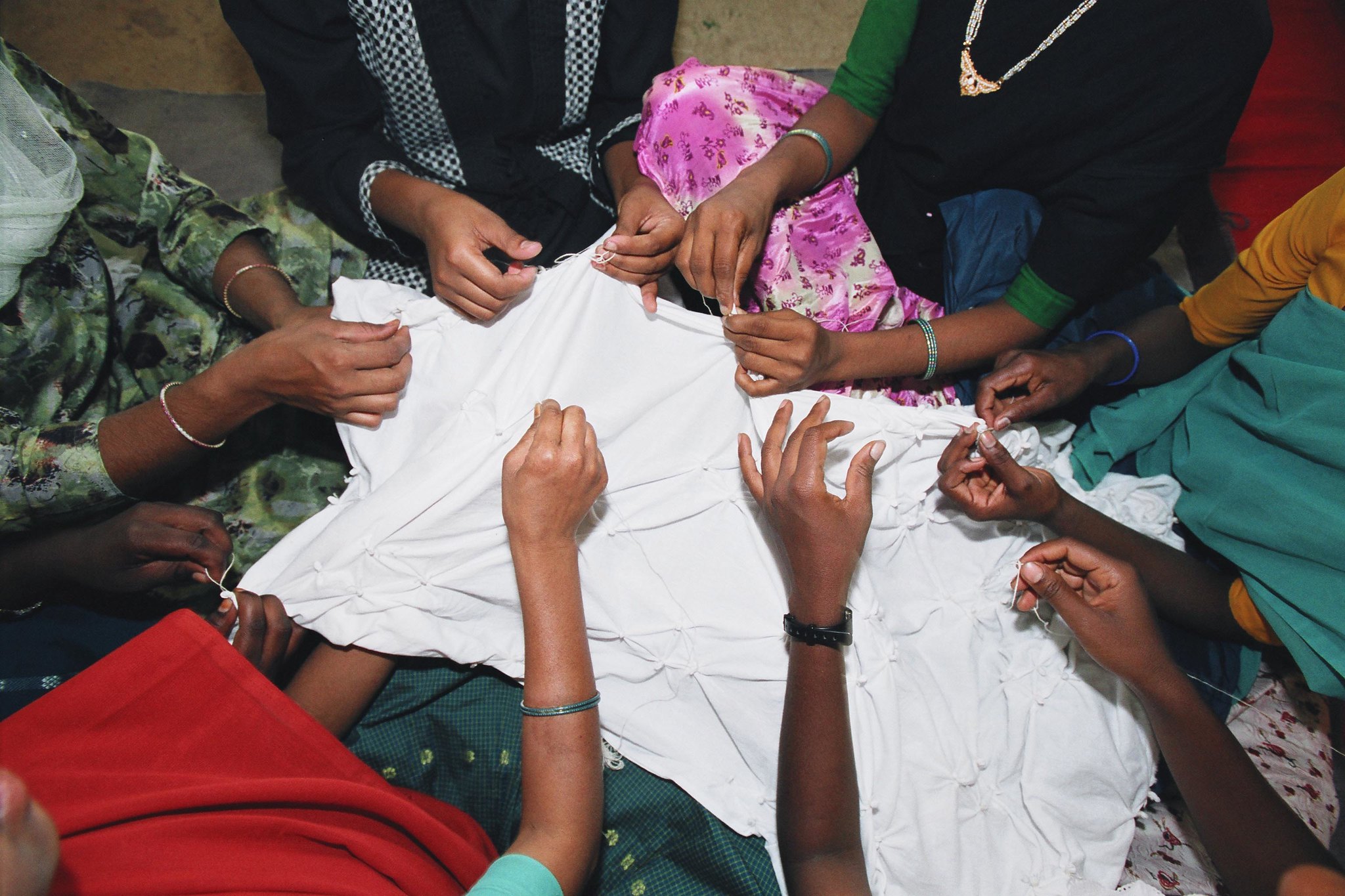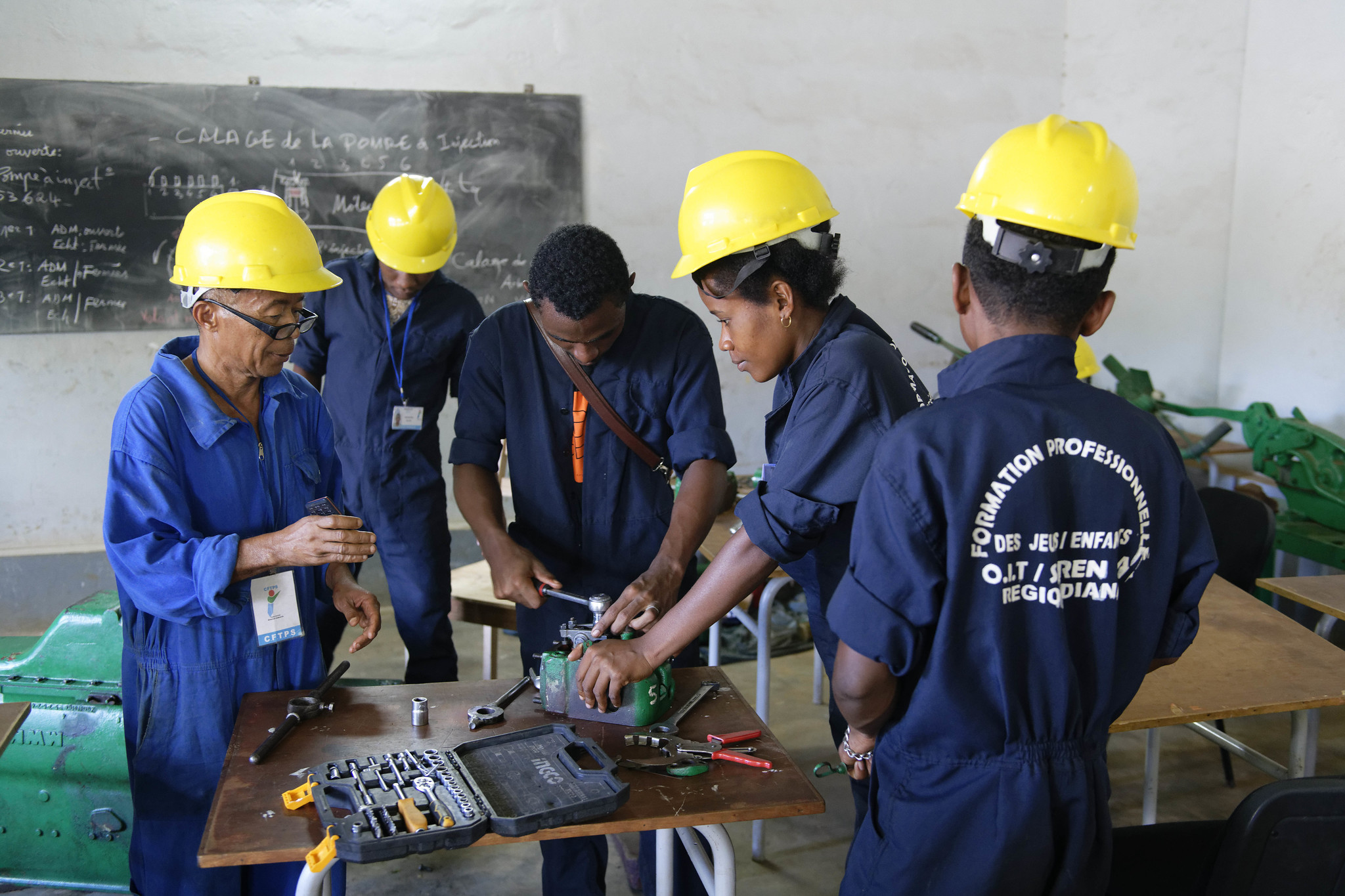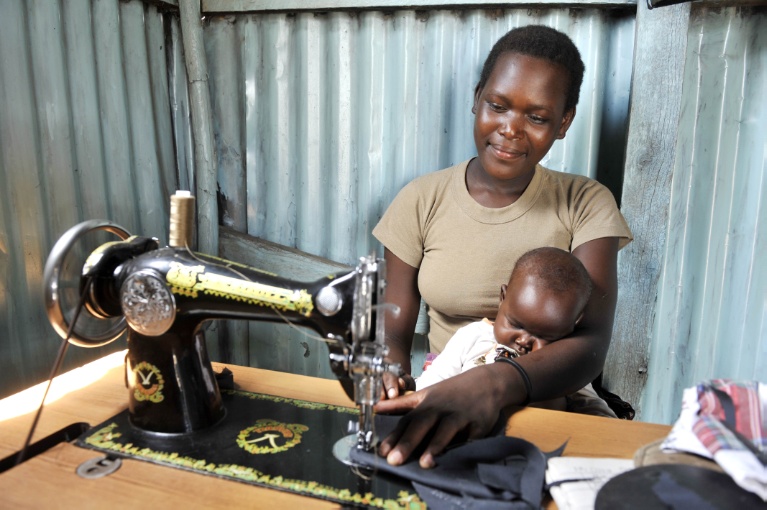
Breaking the bias for better gender data
Generating high quality statistics relies on eliminating gender bias at all stages of the production process. This blog looks at how gender bias occurs in statistics and what the ILO is doing to support efforts to minimize it.
Breaking the bias for better gender data Read More »
